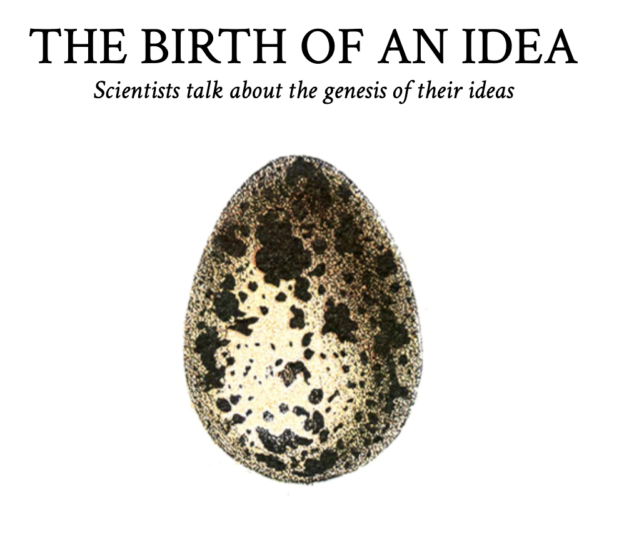I was recently invited to contributed to an excellent outreach project called “The birth of an Idea”, led by my friend and colleague Vitor Cardoso, together with artist Ana Sousa Carvalho.
The aim of the project is “to build a catalogue of stories documenting the scientific process as it truly is: perplexing, difficult, painstaking, spontaneous, exciting and fun. Along the way, we also hope to tell a larger story: that of science itself, seen from the human side of the equations.“
I encourage you to check it out, as it contains very inspiring bits of wisdom, and an intimate look into the some of the most creative minds of our time.
https://birthofidea.tecnico.ulisboa.pt
Here’s my contribution:
Sailing in the Dark
<< Doing research in fundamental physics often feels like sailing in the dark. The course forward is rarely clear, and the lack of reference points to gauge your progress can be frustrating. In such uncertain waters, ideas become the lighthouses that guide your direction. Most of them dissipate like distant mirages, but others shine ever brighter, illuminating the route and steering your research, hopefully toward meaningful discoveries. The luckiest among us are those whose ideas become a lighthouse not just for their own research, but also for others navigating the same waters.
One of my fondest memories as a scientist is starting my first postdoc at Fermilab, near Chicago: I was fresh out of my PhD, in a new country, surrounded by brilliant colleagues, and I had the complete freedom to choose my research projects. One day, during the morning shower, it occurred to me that the mysterious dark matter particles I was studying could interact with stars, altering their properties (pro tip: always keep a notepad handy, activities like walking or showering stimulate creative ideas—look it up, it’s called “the shower effect”).
The thought that stars could serve as detectors for this mysterious form of matter was thrilling. That spark ignited my curiosity, and I took the plunge, immersing myself in the idea. I read everything that others had written on the subject. Self-gravitating clouds of dark matter inside stars and tiny black holes devouring stars from the inside became as real and vivid as the reality surrounding me. It is hard to describe the sense of power and freedom I felt in that period. I can only say it was akin to the feeling I experienced as a boy when the realization dawned on me that God may not exist—a blend of vertigo, fear, awe, and excitement. The jury is still out on whether dark matter influences stars, but since then I always try to align the research work of my team with the ideas that excite me most. By doing so, I aim to instill a sense of wonder and exploration in my team, hoping that together, our sparks will illuminate new routes to discovery.>>
